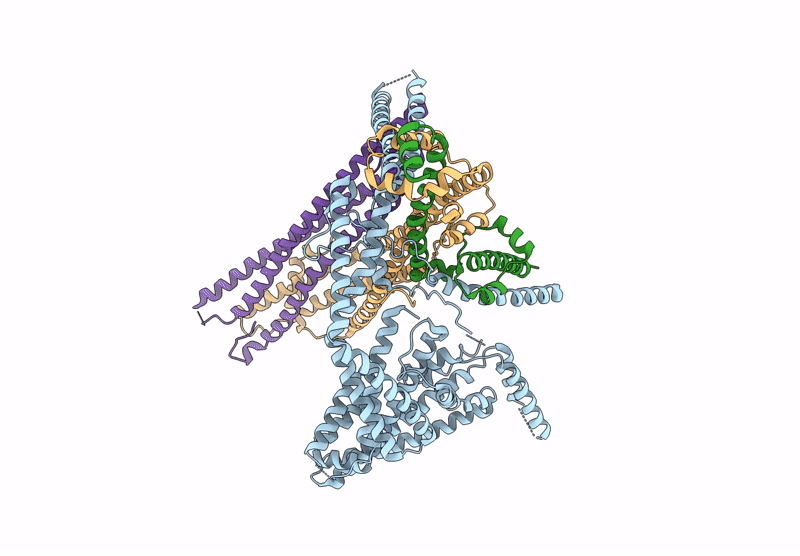
Deposition Date
2020-06-08
Release Date
2021-05-19
Last Version Date
2024-10-23
Entry Detail
PDB ID:
6ZBC
Keywords:
Title:
Merozoite surface protein 1 (MSP-1) from Plasmodium falciparum, main conformation
Biological Source:
Source Organism:
Plasmodium falciparum (Taxon ID: 5833)
Host Organism:
Method Details:
Experimental Method:
Resolution:
3.10 Å
Aggregation State:
PARTICLE
Reconstruction Method:
SINGLE PARTICLE


